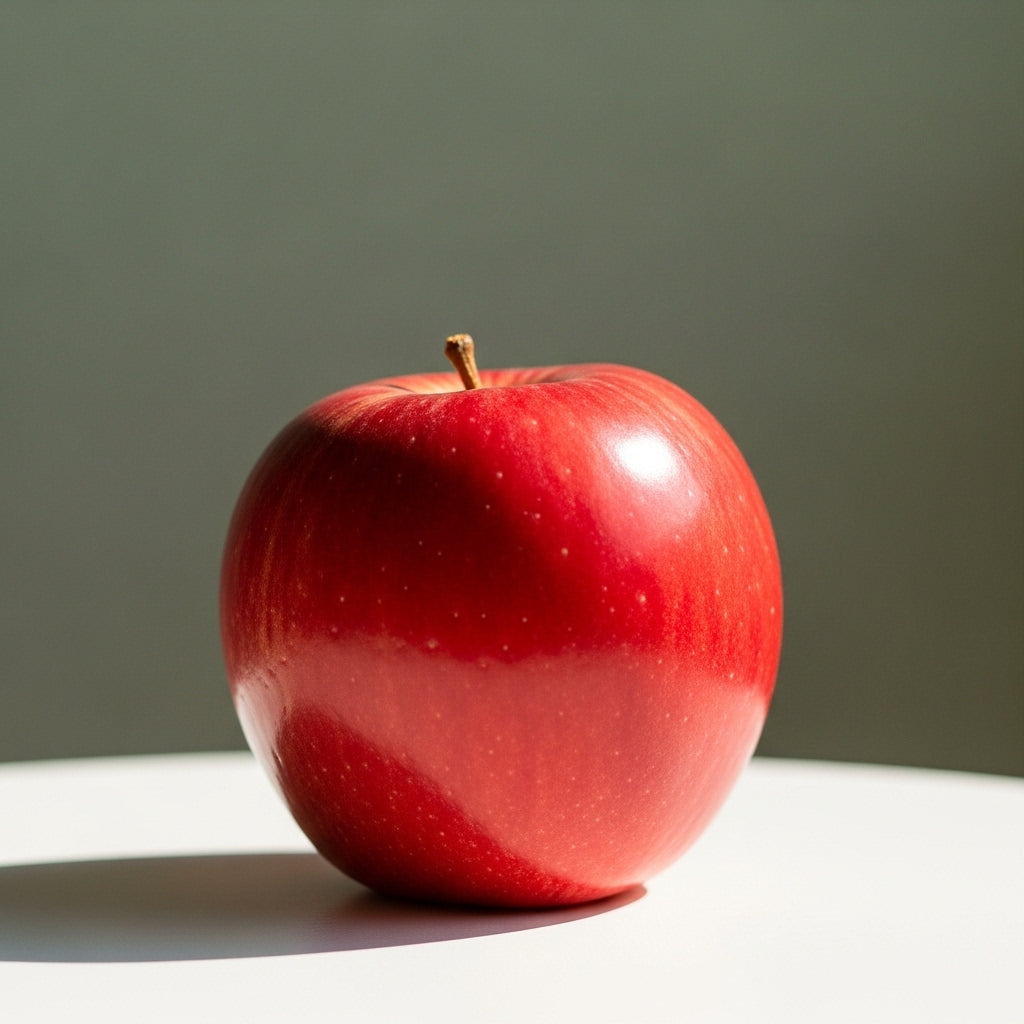
#1 Most Contaminated Fruit (Plastic-Loaded): What You’re Really Eating,
Microplastics in Produce? This Common Fruit Tops the List
For years, we've heard the phrase: “An apple a day keeps the doctor away.” But what if that apple is actually driving toxic plastic into your bloodstream?
According to researchers from Harvard and the University of Michigan, the average grocery store produce aisle is now a hidden minefield of microplastic contamination—and apples are at the top of the danger list.
Yes, apples.
How Bad Is It?
In an independent analysis of 85 common grocery store items, scientists found microplastics in over 80% of them—including:
Sliced fruit (like peaches and apples)
Yogurt
Soda, iced tea, and fruit juice
Packaged cheeses and sauces
Even infant formula
But one fruit consistently tested among the worst offenders for plastic contamination: conventionally grown apples.
Why? Because of two primary factors:
1. Waxy coatings often made from plastic-based compounds to extend shelf life
2. Pesticide sprays that bind to plastics and increase surface-level residue
3. Absorption of plastics from soil and water contaminated by packaging and runoff
Why You Should Be Concerned
These aren’t just harmless particles.
Microplastics have now been linked to:
Increased heart attack risk (up to 450%)
Inflammation and oxidative stress
Neurotoxicity and brain fog
Disruption of hormone and metabolic systems
Dr. Rick Cohen, MD—a longevity-focused physician trained at Duke—recently stated:
> “If you could scan what’s really inside your produce, you'd be horrified. These microplastics build up in the arteries, the brain, and every major organ.”
The 3 WORST Microplastic-Contaminated Foods
Dr. Cohen’s new video exposé reveals which 3 foods he tells all patients to avoid at all costs. A quick preview:
One is a popular seafood dish
One is a vegetable in most kitchens
One is used daily on almost every meal
You can get the full list and watch the video now—before it’s pulled from the internet under pressure from major food lobbyists.
How to Protect Yourself
While total plastic avoidance is nearly impossible today, you can minimize exposure and support detox pathways by doing the following:
Choose organic and uncoated produce
Use reverse osmosis or distilled water
Avoid microwaving food in plastic containers
Switch to natural salts, like AJK’s Colima Sea Salt, which is tested free of plastic residues
Support your body’s natural detox with minerals, hydration, and structured light exposure
Final Thought
Your food may look clean—but the real threat is invisible.
If you want to protect your long-term health, stay informed and know what’s hiding in your fridge.
To find out the worst offenders and how to avoid them, watch Dr. Cohen’s full video now.
